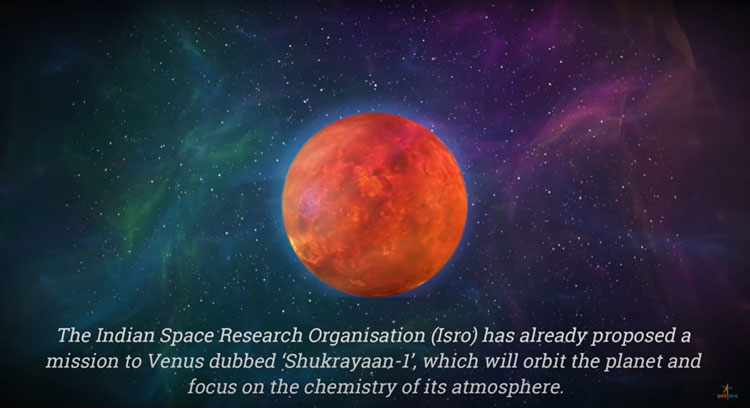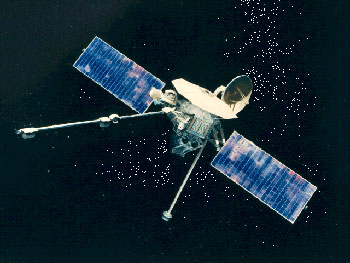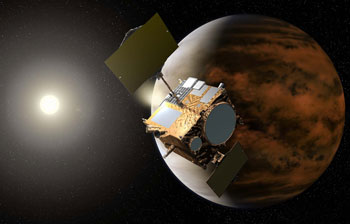INDIAN ARMED FORCES CHIEFS ON OUR RELENTLESS AND FOCUSED PUBLISHING EFFORTS

The insightful articles, inspiring narrations and analytical perspectives presented by the Editorial Team, establish an alluring connect with the reader. My compliments and best wishes to SP Guide Publications.

"Over the past 60 years, the growth of SP Guide Publications has mirrored the rising stature of Indian Navy. Its well-researched and informative magazines on Defence and Aerospace sector have served to shape an educated opinion of our military personnel, policy makers and the public alike. I wish SP's Publication team continued success, fair winds and following seas in all future endeavour!"

Since, its inception in 1964, SP Guide Publications has consistently demonstrated commitment to high-quality journalism in the aerospace and defence sectors, earning a well-deserved reputation as Asia's largest media house in this domain. I wish SP Guide Publications continued success in its pursuit of excellence.
Shukrayaan – Probing Venus
 |
The Author is Former Director General of Information Systems and A Special Forces Veteran, Indian Army |

The Indian Space Research Organization (ISRO) is looking at 2024 for launch of its mission ‘Shukrayaan’ to probe Venus instead of earlier schedule in June 2023 on account of COVID-19. After 2023, the launch opportunity is either in 2024 or 2026 considering that the optimal launch window comes about every 19 months when Venus is closest to the Earth.
Exploration of Venus over the years is summarised as under:
- In 1961, Soviets launched the first robotic probe mission to Venus under its project ‘Venera’, which was followed up with multiple missions between 1967 and 1984.
- In 1962, the US launched ‘Mariner-2’ interplanetary mission that made passes 34,833 km above the surface of Venus gathering data of the atmosphere of the planet.
- In October 1967, Soviet ‘Venera’ entered atmosphere of Venus and conducted scientific experiments, finding the surface temperature hotter than 500 degree Centigrade and that 95 per cent atmosphere was carbon dioxide. Joint Venera-4 and Mariner-5 data was analysed by a combined Soviet-American scientist team over a one year period.
- In 1974, ‘Mariner-10; on its way to Mercury took ultraviolet photographs of Venus revealing extraordinarily high wind speeds in the atmosphere.
- In 1975, Soviet ‘Venera-9’ with 10 landers transmitted the first black and white images from the surface of Venus; followed by colour photographs by Soviet ‘Venera-13’ and 14 landers.
- In 1978, NASA obtained additional data in with the Pioneer Venus project consisting of two missions – ‘Pioneer Venus Orbiter’ and ‘Pioneer Venus Multiprobe’. Several other Venus flybys followed up to 2006.
- In April 2006, ‘Venus Express’ of European Space Agency (ESA) entered orbit around Venus equipped with seven scientific instruments for long-term observation, ending the mission in December 2014.
- In December 2015, Japan's ‘Akatsuki’ entered the orbit around Venus and is still continuing though its behavior is reportedly eccentric.

ISRO has issued a statement saying, “In spite of great progress made in exploring Venus, there still exist gaps in our basic understanding about surface/sub-surface features and processes, super rotation of Venusian atmosphere and its evolution and interaction with solar radiation/solar wind”. According to ISRO, scientific objectives of ISRO’s ‘Shukrayaan’ are investigation of the surface processes and shallow subsurface stratigraphy; and solar wind interaction with Venusian Ionosphere, and studying the structure, composition and dynamics of the atmosphere.

The payload capability of the proposed 2500-kg ‘Shukrayaan’ satellite planned to be launched onboard GSLV MK-II rocket, is likely to be 175 kg with 500W of power. The proposed orbit is expected to be around 500 x 60,000 km around Venus. This orbit is likely to be reduced gradually, over several months to a lower apoapsis – read farthest point.
ISRO had announced opportunity for novel space-based experiments to study Venus as part of India’s first mission to Venus and has received multiple international payload proposals in response. Of these ISRO has short-listed 20 space-based experiment proposals and collaborative contributions from Russia, France, Sweden and Germany. An ISRO official has stated, “These 20 payload (scientific instruments) proposals, including collaborative contributions from Russia, France, Sweden and Germany, are currently under review”. However, according to the French Centre national d'études spatiales (CNES) or France’s National Centre for Space Studies, the payload proposed by France has already been selected by ISRO; the French VIRAL instrument (Venus Infrared Atmospheric Gas Linker) co-developed with the Russian space agency ROSCOMOS, and the LATMOS atmospheres, environments and space observations laboratory attached to the French national scientific research centre CNRS. The Swedish Institute of Space Physics too is reportedly engaged with India’s ‘Shukrayaan’ mission.

Venus, second planet from the Sun is often termed “Earth’s Twin Sister” because of their similarities in size, mass, density, bulk composition and gravity. It is believed that both planets share a common origin, forming at the same time out of a condensing nebulosity around 4.5 billion years ago. It is named after the Roman goddess of love and beauty. Due to its proximity to Earth, Venus has been a prime target for early interplanetary exploration. About 80 per cent of the Venusian surface appears to have been shaped by volcanic activity. Venus has several times as many volcanoes as Earth, and it has 167 large volcanoes that are over 100 km across.
Studies suggest billions of years ago, Venus' atmosphere could have been much more like the one surrounding Earth, and that there may have been substantial quantities of liquid water on the surface, but after a period of 600 million to several billion years a runaway greenhouse effect was caused by the evaporation of that original water, which generated a critical level of greenhouse gases in its atmosphere. Existing surface conditions on Venus suggest no Earth-like life forms but there is speculation about possibility of life forms in upper cloud layers of Venus, some 50 km above the surface. Shukrayaan should resolve more mysteries surrounding Venus.





